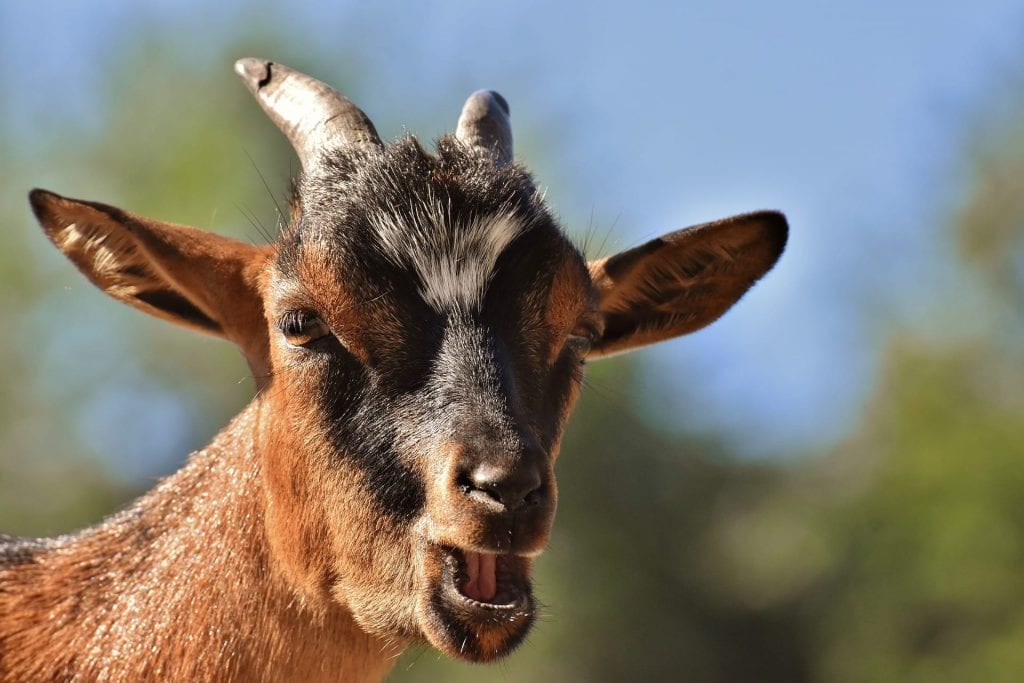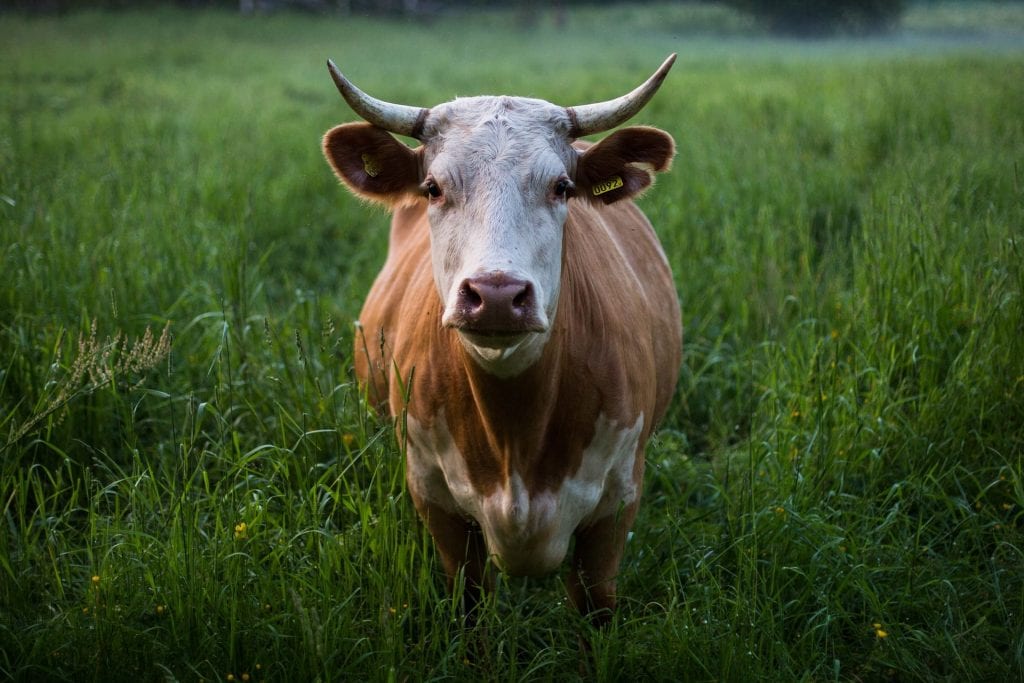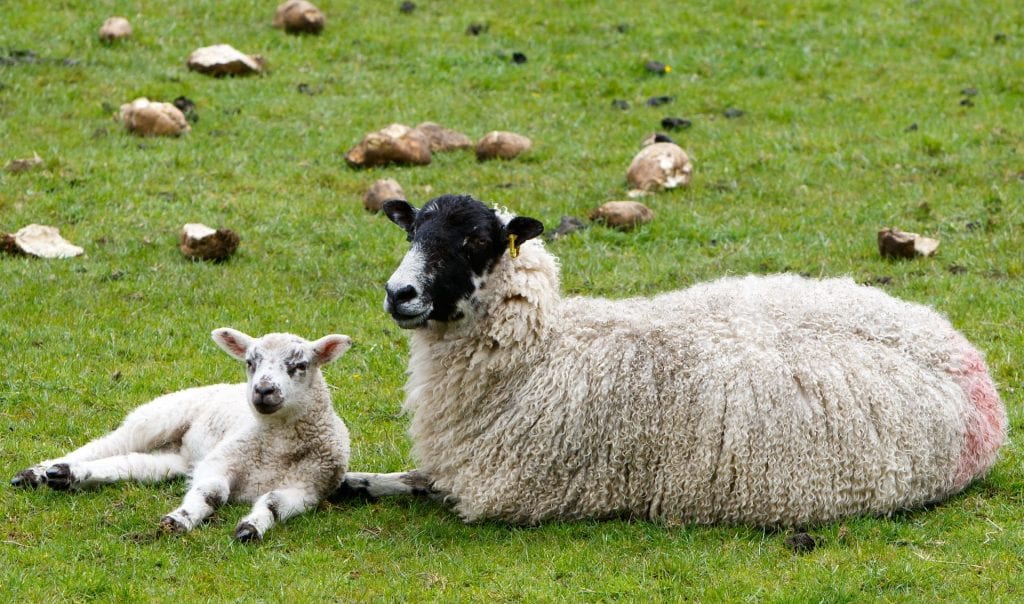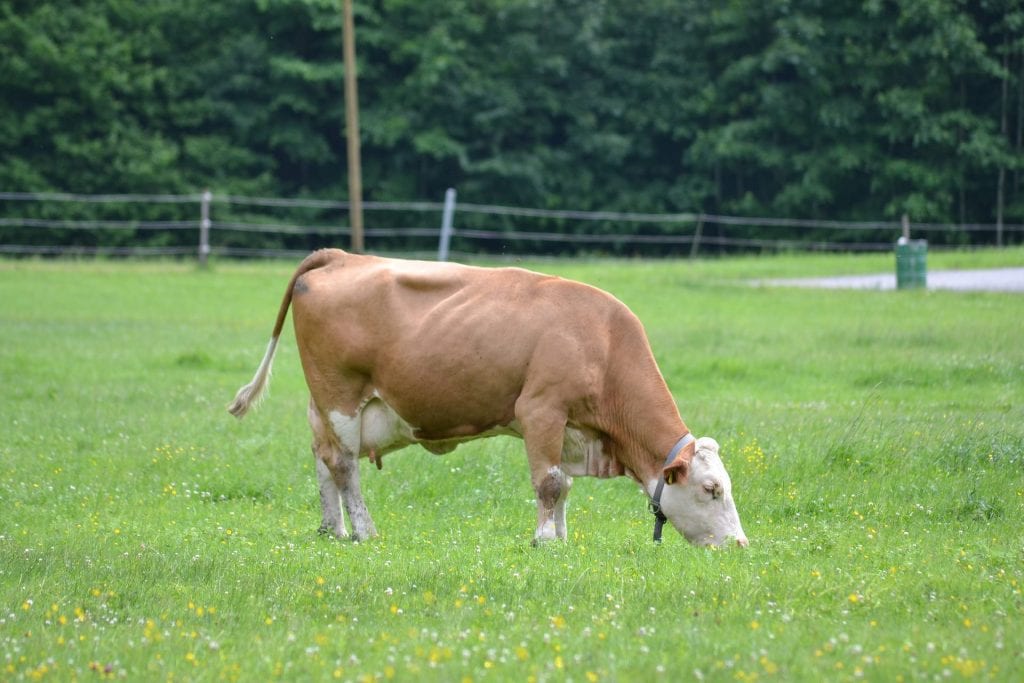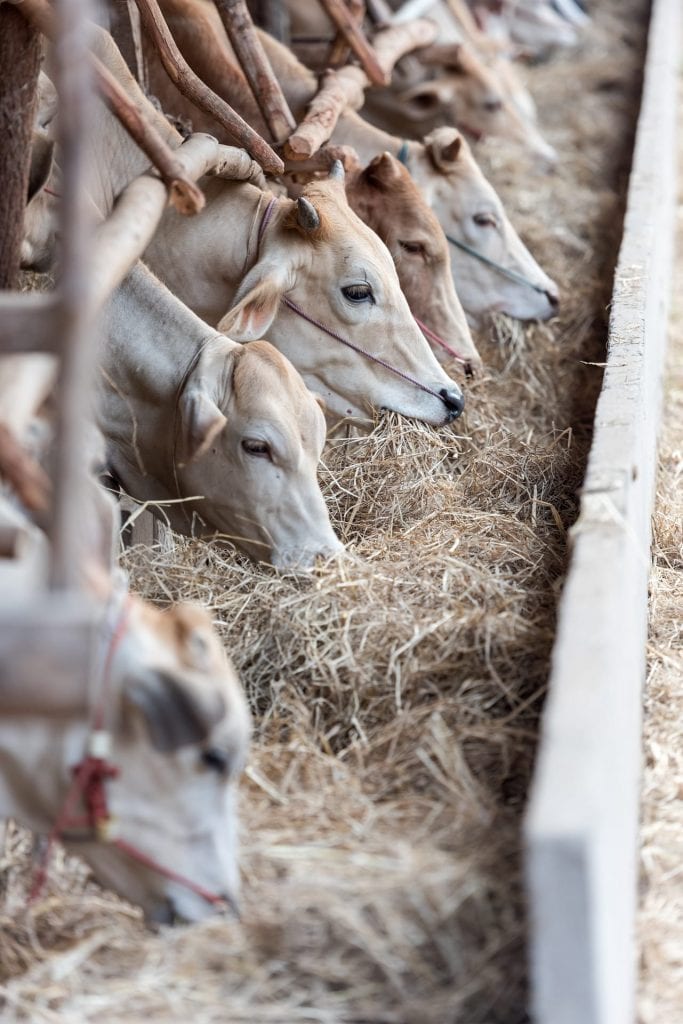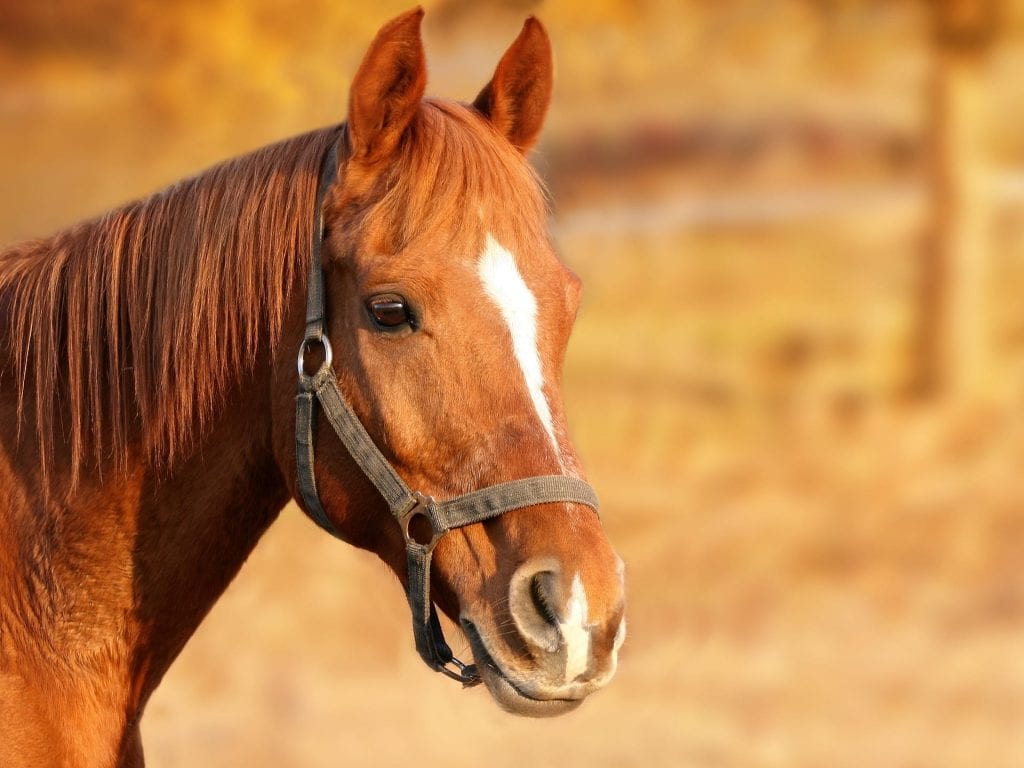The Gram Stain differentiates gram-positive bacteria, which have one membrane, from gram-negative, which have two. We glean significant information from gram-typing, whether you are a healthcare provider or just an average mammal trying to get by in this world. By knowing the characteristics of gram-typing and applying them to common bacteria, we often deduce a […]
Continue ReadingKarenia, Why Everyone Hates You
Does Karenia Mean “Pure Evil?” The name Karen comes from the Greek word for “pure.” Pure what though, can be interpreted. In the case of Karenia brevis, the purity of wanton destruction applies. Like other dinoflagellates, Karenia bears attributes of both plants and animals within a compact single-cell. In the 1800’s dinoflagellates were described as […]
Continue ReadingThe Risks of Frenching a Frenchie
Don’t French Kiss Animals… (just in case you were wondering) If you are tuning in because you wonder if you should stop French kissing animals, the answer is an unequivocal YES. Stop that! Put the guinea pig down. There are so many… many reasons. If you are tuning in because of general interest or because […]
Continue ReadingMicronutrients, Part 3
Adult livestock tend to resist the effects of mineral deficiency better than young animals. Increased demands from growth and decreased body reserves put young animals at risk.
Continue ReadingMicronutrients, Part 2
So far, we have covered reproduction and lactation. Now we move on to growing and weaning stages. A common practice in many Midwestern states involves sending stocker cattle to wheat pasture for winter grazing. Lush, green cereal crops notoriously are low in magnesium (Mg), leading to grass tetany. Adult cattle are susceptible to grass tetany […]
Continue ReadingMicronutrients, Part 1
Nutrition remains a complex and fluid subject for most producers. Keeping livestock at peak production means providing the best nutrition possible. For ease of discussion, we will address nutrient requirements of each production phase. Clean water remains vital to keeping livestock healthy. Many contaminates can leach into surface water, or well water can contain unsafe […]
Continue ReadingMacronutrients
In the last post, we introduced the components of a livestock ration. Here, we delve a little deeper into what happens when the diet is deficient in one or more of these nutrients. The most common cause of energy deficiency remains cost. As we all know, livestock production margins often are so thin, producers barely […]
Continue ReadingMacro and Micro Nutrient Introduction
You are what you eat. The same goes for your livestock. If they are to perform to their greatest potential, you must provide them with the essential building blocks of life. In a perfect world, available forage provides a balanced ratio for all production phases. In the real world, this rarely happens. Knowing available nutrition […]
Continue ReadingEquine Infectious Anemia
Good husbandry practices continue to eliminate many diseases that have plagued livestock owners for many generations. We have seen the eradication of rinderpest, brought many states to the level of “Free” status of bovine brucellosis and tuberculosis, and eliminated foot and mouth disease from the US. One equine disease continues to linger, however. Equine infectious […]
Continue Reading


